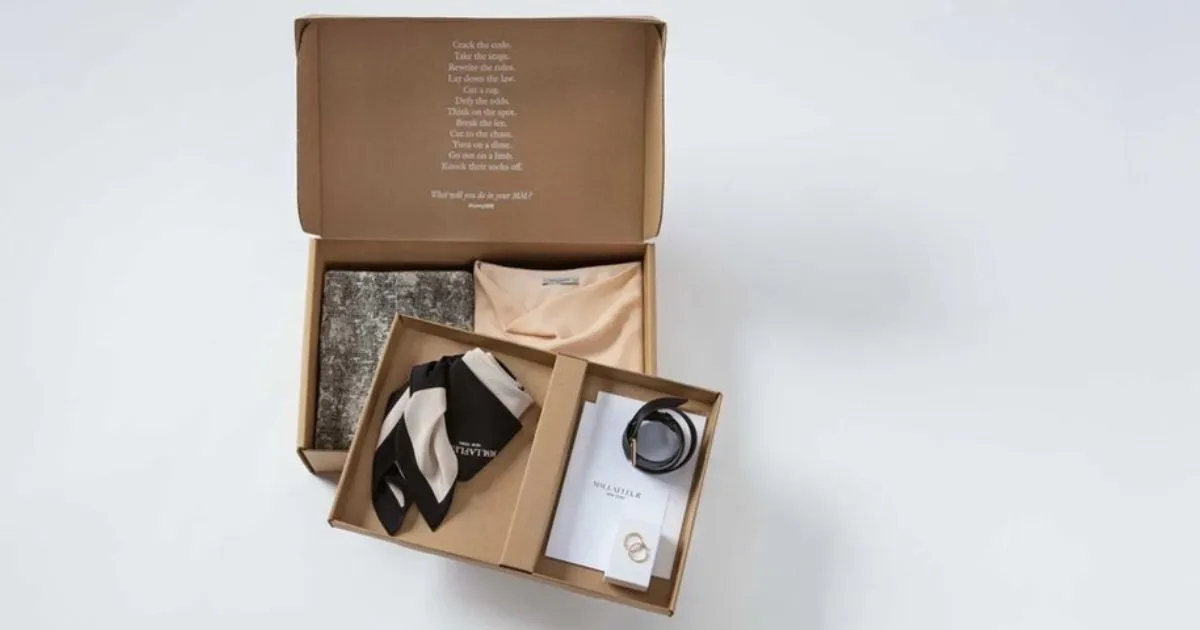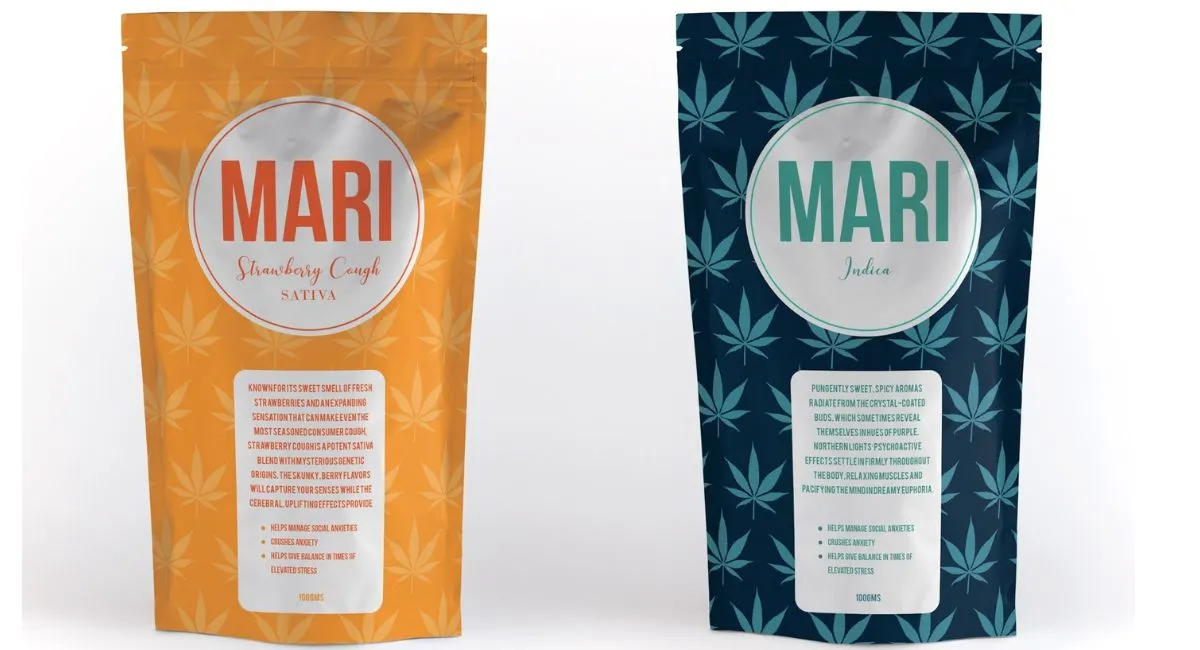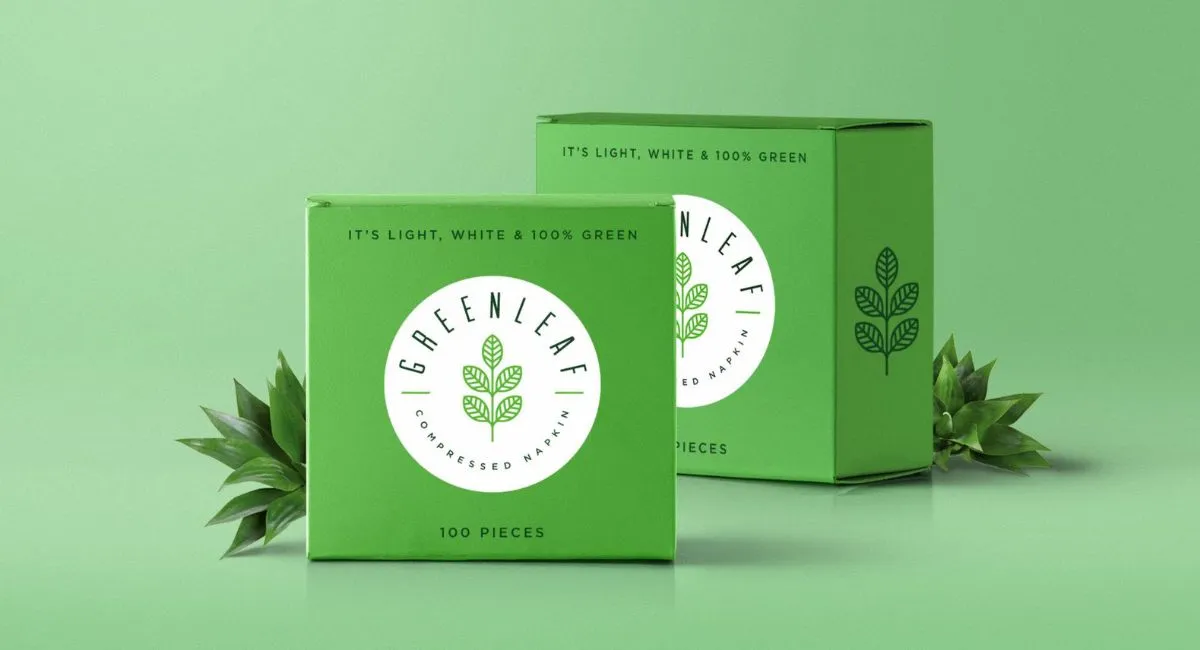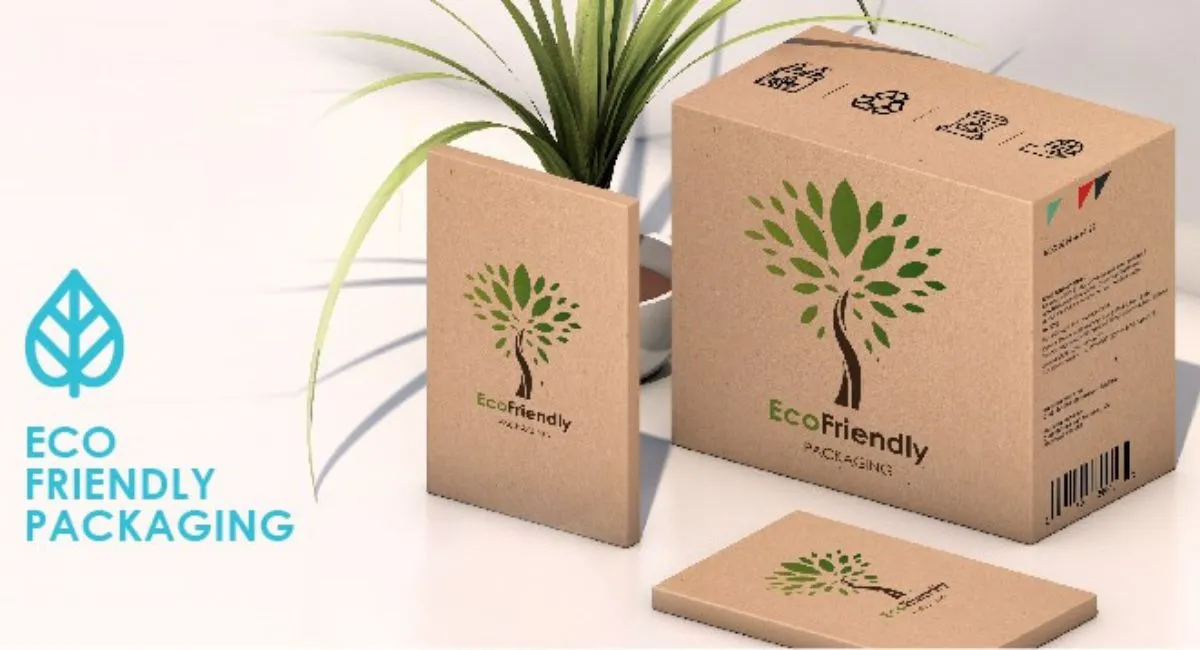The Ultimate Guide to Product Packaging Design
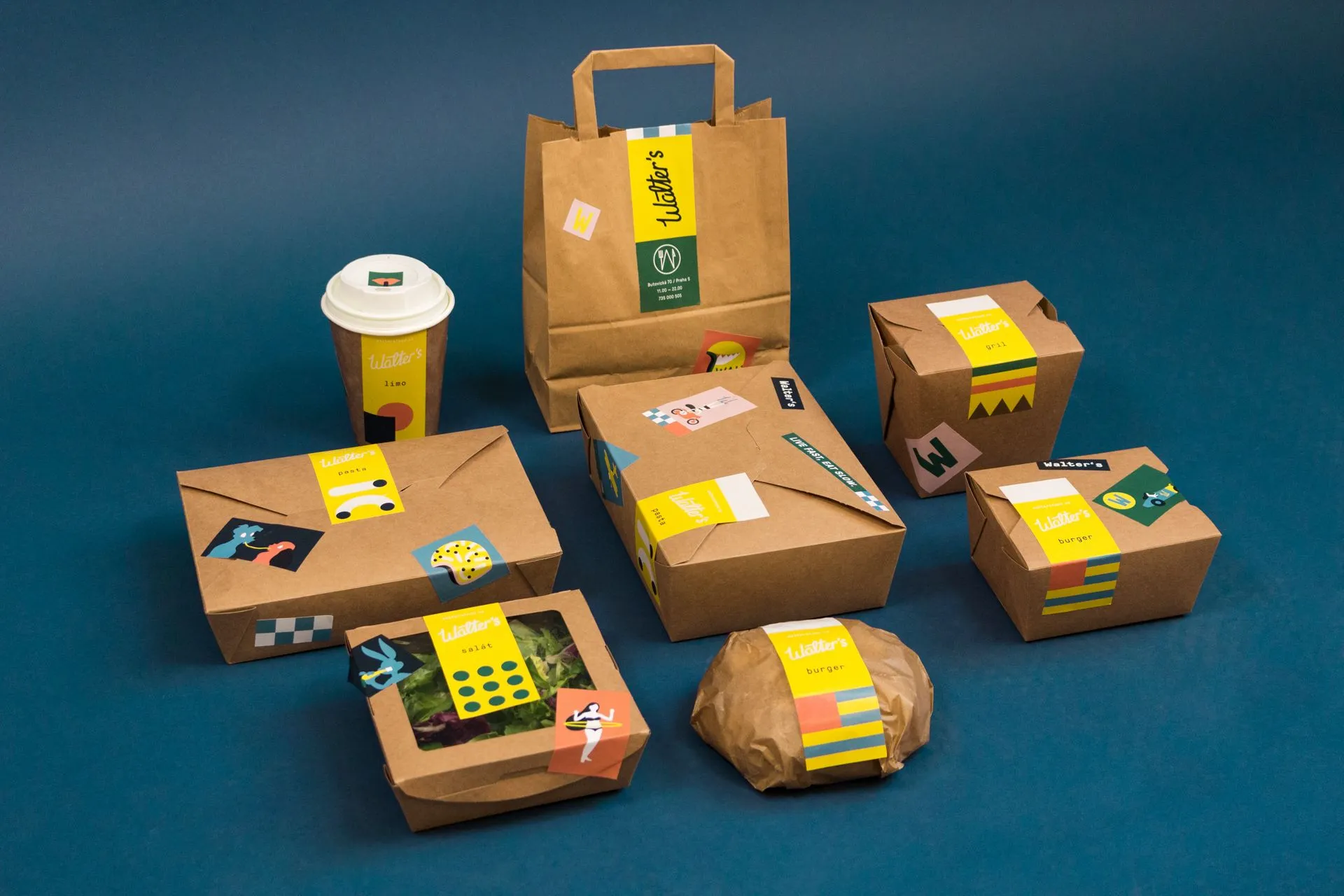
In today’s fast-paced market, product packaging goes beyond just being a protective cover for products. It is critical in branding, customer experience, and even sustainability efforts. This ultimate guide to product packaging design covers the essentials you need to know to create packaging that protects and enhances your product’s appeal.
Understanding the Basics of Packaging Design
Before diving into the specifics, it’s crucial to understand what product packaging design encompasses. It involves creating a product’s exterior. This includes choices in material, forms, colors, fonts, and imagery used on wrapping, a box, a can, a bottle, or any kind of container. It’s a multifaceted practice that blends aesthetics with functionality.
The Purpose of Product Packaging
Product packaging serves several purposes beyond just enclosing your product. It’s an essential tool for communication that helps to:
Protect the product during transportation and storage.
- Attract customer attention through its visual appeal.
- Differentiate the product from competitors on the shelf.
- Communicate information about the product, enhancing user experience.
Know Your Brand
The first step in effective packaging design is to clearly understand your brand. Your packaging should reflect your brand’s personality, values, and key messaging. Whether your brand stands for luxury, eco-friendliness, innovation, or affordability, your packaging should convey these values at first glance.
Understand Your Audience
Your target audience’s preferences should guide your packaging design decisions. Different demographics have different expectations. Younger consumers prefer bold, colorful designs, while a more mature audience might appreciate minimalism and subtlety. Understanding your audience is critical to creating packaging that appeals to them.
Functionality is Key
While aesthetics are crucial, the functionality of your packaging should be noticed. Consider how your product will be used, stored, and transported. Ease of use, reusability, disposability, and protection levels are all functional aspects that should influence your design.
Sustainability Matters
Sustainability in packaging is no longer a niche demand but a widespread expectation among consumers. Opt for materials and designs that minimize environmental impact. Biodegradable, recyclable, or reusable packaging can also be a selling point, aligning with the values of environmentally conscious consumers.
Compliance and Legal Requirements
Ensure your packaging complies with industry standards and legal requirements, including labeling requirements, safety warnings, and material restrictions. This is especially crucial for food, beverage, and pharmaceutical products.
The Design Process
The packaging design process often involves the following steps:
- Research and brainstorming: Gather inspiration and ideas that align with your brand and audience preferences.
- Concept development: Sketch and develop concepts that embody your brand’s message and appeal to your target audience.
- Design execution: Create digital designs incorporating colors, fonts, and imagery that reflect your brand identity.
- Prototyping and testing: Before finalizing the design, create prototypes to test the design’s functionality, durability, and appeal.
- Production: Once the design is completed and tested, move on to the production phase.
Trends in Packaging Design
Staying abreast of packaging design trends can provide fresh inspiration and keep your products relevant. Current trends include:
- Minimalism: Simplified, clutter-free designs that focus on the essentials.
- Personalization: Customizable packaging that speaks directly to the consumer.
- Bold typography and colors: Eye-catching designs that make a statement on the shelf.
- Sustainable materials: Eco-friendly designs that appeal to environmentally conscious consumers.
Conclusion
Product packaging design is a crucial component of your product’s success. It requires a delicate balance between form and function, aesthetics and practicality. By understanding your brand, your audience, and the latest trends, you can create packaging that looks great, resonates with your customers, and stands out in a crowded market. Remember, your packaging is often the first point of customer interaction, so make it count.
More Info: Tissue Paper To Recycle or Compost?
